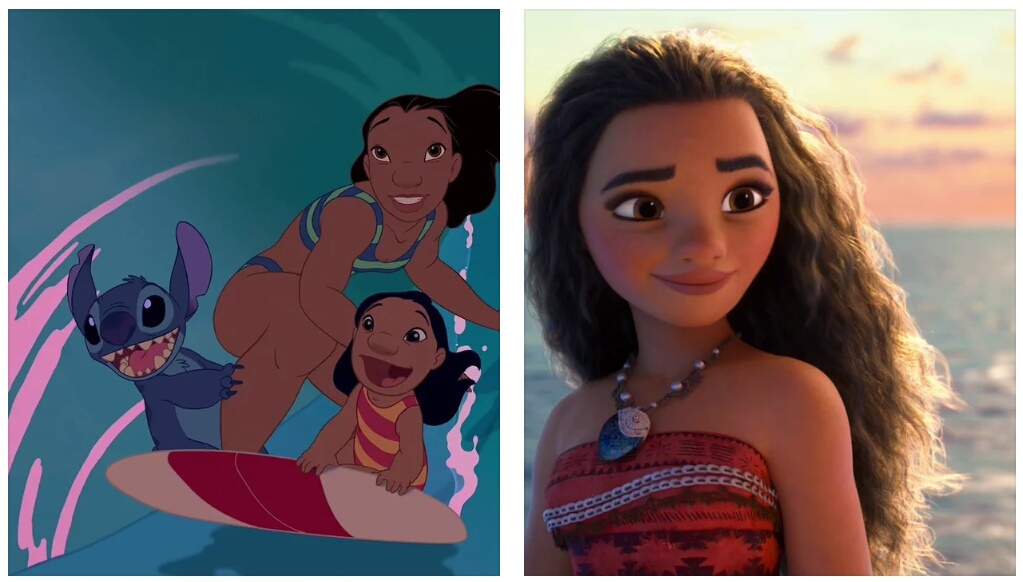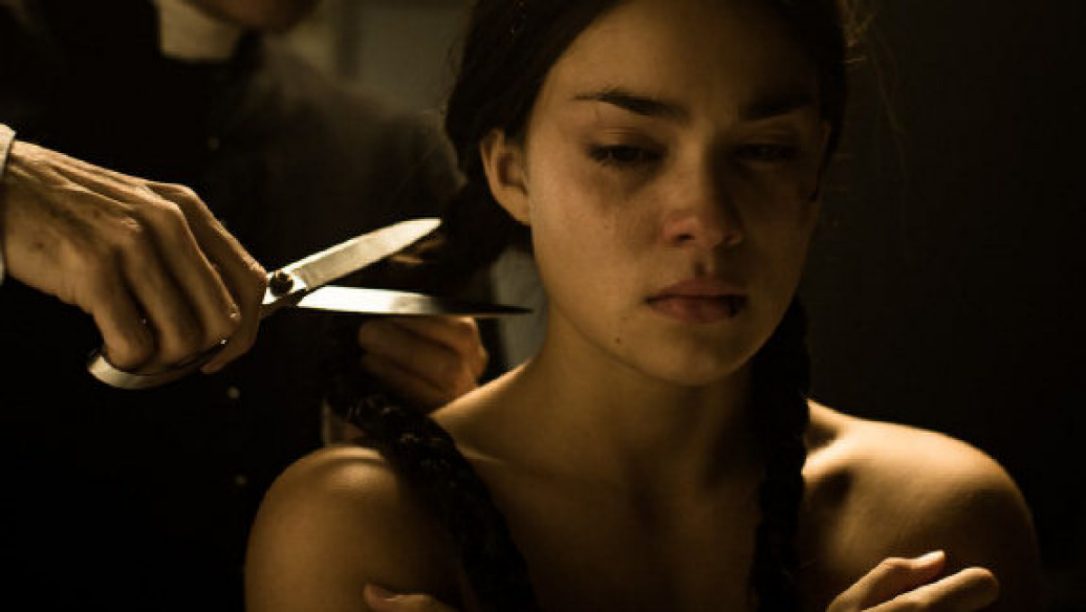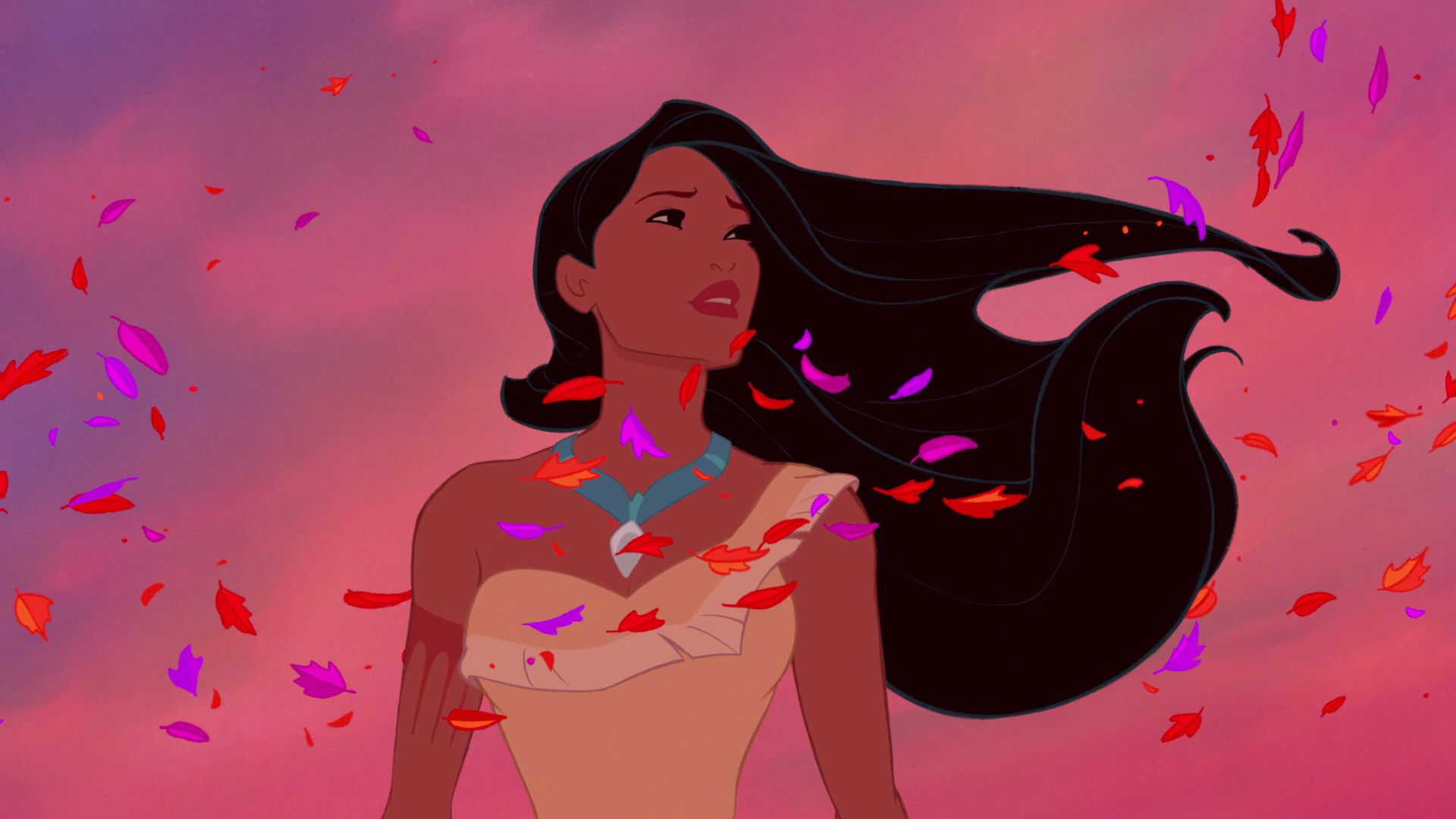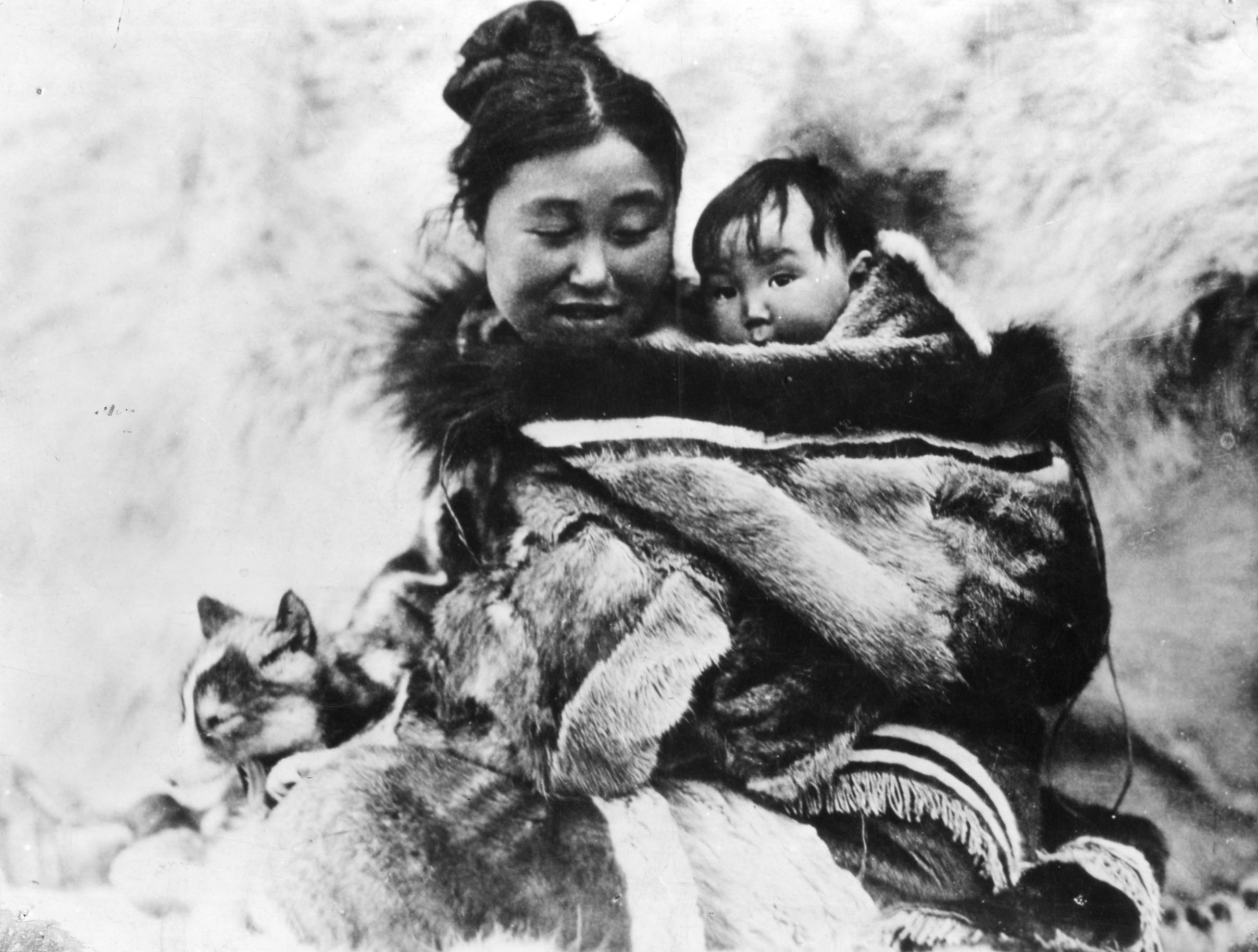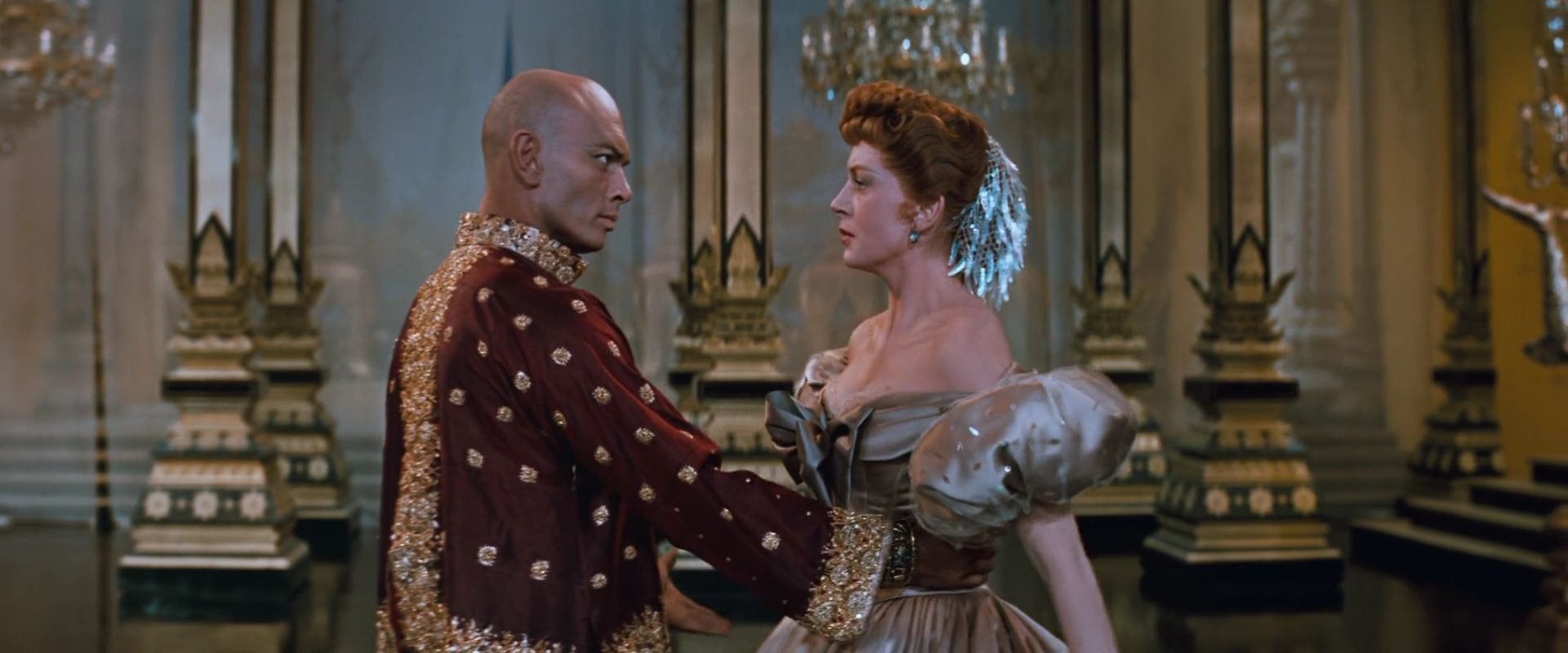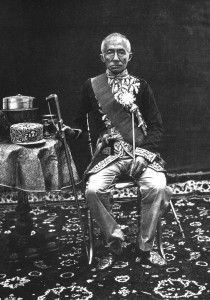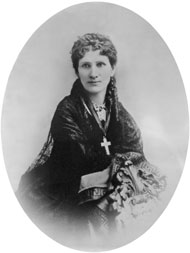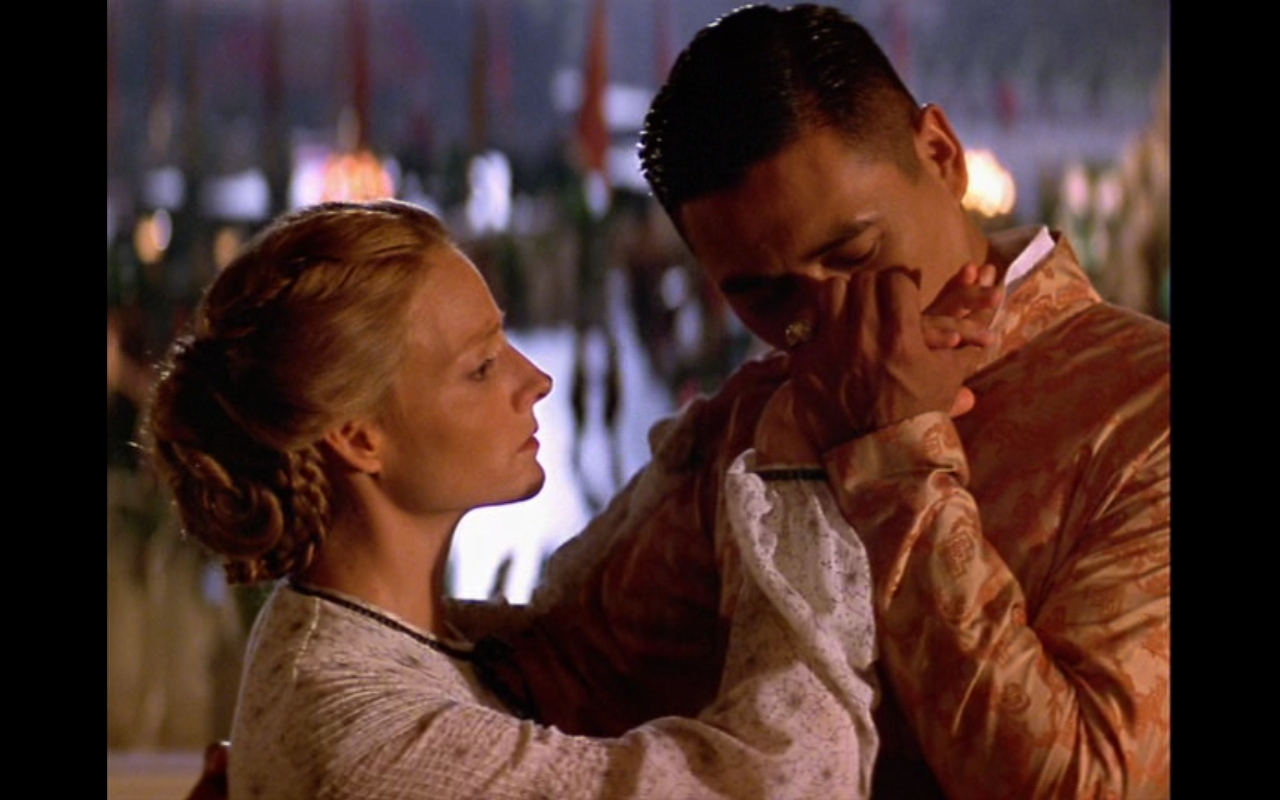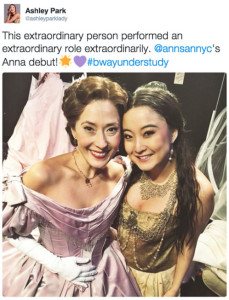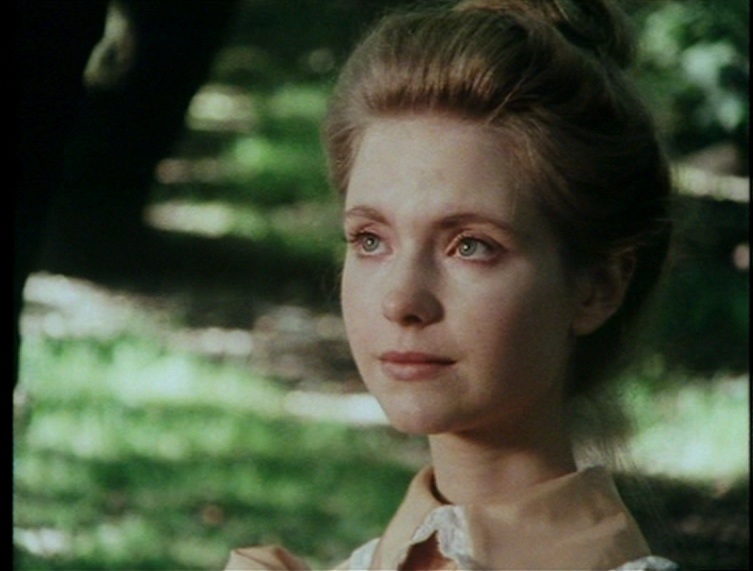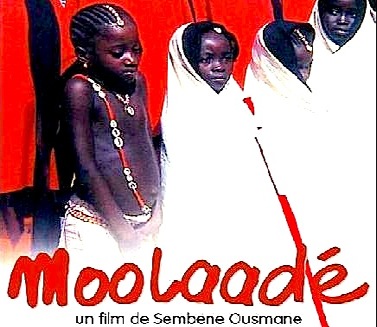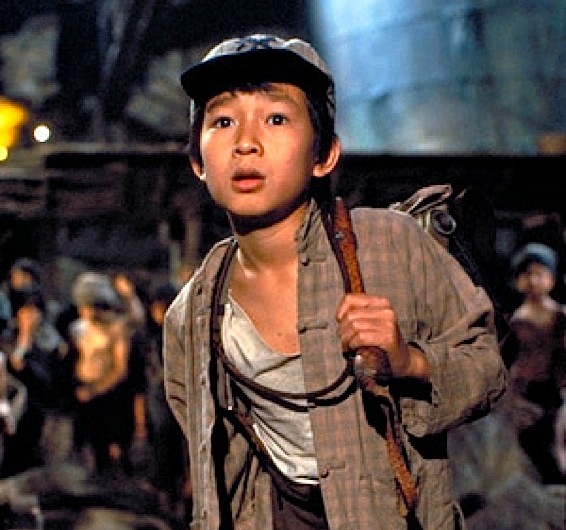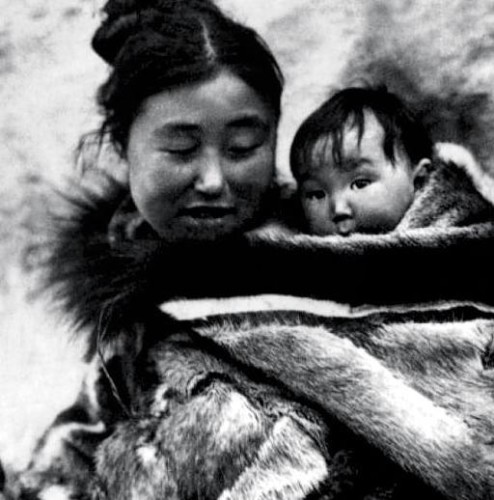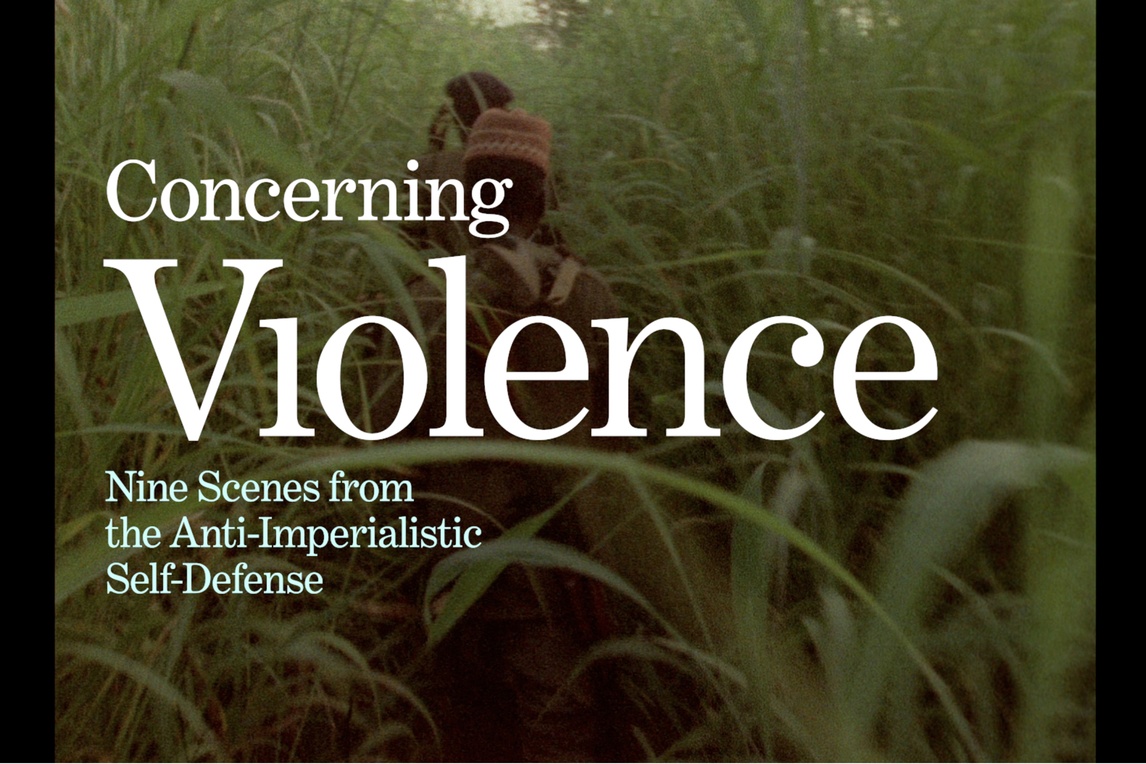This guest post written by Emma Casley appears as part of our theme week on Indigenous Women.
This November, Disney plans to release the much-anticipated Moana, advertised and hailed as the first Polynesian Disney princess. While it is the company’s first princess of Polynesian descent, it is not the first time Disney has ventured to represent Polynesian culture on-screen: the 2002 film Lilo & Stitch features sisters Lilo and Nani, who are of Indigenous Hawaiian descent as two of the central characters. Looking at Lilo & Stitch can provide a valuable lens in which to analyze the upcoming Moana, as well as other mainstream films attempting to represent Indigenous cultures.
Lilo & Stitch has been heralded as a film that avoids many of the harmful stereotypes of Polynesian culture that so many other white-produced works perpetuate. However, it is also worth considering how Lilo & Stitch as a film exists in the world, beyond the content of its storyline. As a mainstream blockbuster film made by Disney, Lilo & Stitch has an imperative to make money and to therefore appease ticket and merchandise buying audiences. Regardless of its individual merits, the film is a money-making endeavor to benefit the Disney Company, which has not always had the best relationship (to say the least) with representing Indigenous cultures or respecting Indigenous peoples.
The situation is a double-edged sword: mainstream films have the potential to challenge stereotypes and showcase Indigenous peoples’ voices on a large scale; but at the same time such widespread distribution and visibility almost always requires the heft of a multi-billion dollar company behind it — one which may or may not have the same interests in adhering to treating Indigenous peoples with respect. I’m not interested in looking at Lilo & Stitch and simply adding up the racist vs. un-racist points it scores to see which label holds up. Rather, I think that the film provides a helpful example of the complicated cultural space a film can occupy. Lilo & Stitch has racist elements; it also has moments where it challenges racial stereotypes in powerful ways for a broad audience to see. One fact does not negate the other, they coexist within the same text.
Many films set in Hawai’i do so from a colonialist white perspective, which Joy T. Taylor calls the “tourist gaze.” In these stories, Hawai’i is shown from an outsider’s perspective: often the islands are used to represent some kind of beautiful, lush, post-racial utopia that white people can visit and enjoy with no harmful repercussions — completely forgetting the Islands’ painful colonial history. The post-racial fantasy of Hawai’i can be seen in instances like the now infamous whitewashing casting of Emma Stone to play the role of half-Asian Hawaiian character of Allison Ng in Aloha. Under the “tourist gaze,” Hawai’i becomes a melting pot of different peoples in a way that explicitly favors white culture. Rather than addressing the ways in which white culture was very much forced upon Indigenous Hawaiians, films like Aloha center white actors with mainstream (read: white) sensibilities who then wear a couple of leis and hula skirts to showcase some vague form of “cultural mixing,” while still assuming whiteness as the dominant and default perspective.
On the other hand, Lilo & Stitch primarily adopts the point of view of the young, native Hawaiian Lilo, rather than the outside white visitors who come to the islands. Lilo’s hobby of taking pictures of the tourists she meets can be read as an inversion of the “tourist gaze.” Instead of Lilo becoming the subject of scrutiny and outside observation, she literally turns the camera onto the people doing the observing. Rather than being a side character in a white person’s journey, Lilo has the agency to not only be the protagonist of her story, but to turn the tables on the typical white narrative of Hawai’i by taking pictures of the white tourists that surround her: they’re the ones out of place on her island, they’re the ones that should be gawked at.
Nani similarly bucks stereotypes of Indigenous women on-screen, though in a different way. A related facet of the “tourist gaze” is the Dusky Maiden trope: where Indigenous women are cast as exotic, sexually available objects for the (generally) white male characters to consume, just another aspect of the beautiful Hawaiian scenery at their disposal. A clip from the 1962 film Mutiny on the Bounty (which the uploader has charmingly captioned as the “hottest scene in the history of cinema”) provides a pretty clear example of this trope in action:
[youtube_sc url=”https://www.youtube.com/watch?v=qDpD2757jrc”]
In the video, Tahitian women perform for the white sailors, and the film cuts between their dancing and Marlon Brando watching them. It is a spectacle of Tahitian culture and bodies designed to entertain and appease white observers, both within the context of the story as well as the film itself. It’s just as much about the audience being able to watch these women performing and smiling and implying sexual availability as it is about the characters watching the same thing. Indigenous women are there to be looked at, not just by anyone, but by outsiders, by white men.
Unlike Mutiny on the Bounty, Lilo & Stitch adopts a very different gaze towards its female characters. Nani has a small romantic subplot, but it is not a crucial aspect of her character. The film frequently shows Nani in action and with agency. Her primary role in Lilo & Stitch is as the older sister and guardian of Lilo, rather than as a sexual object of desire. She turns down co-worker David’s romantic advances in favor of spending more time caring for her sister. Though the circumstances of Nani’s legal guardianship of Lilo were outside of her control, the film still lets Nani have agency to prioritize what matters most to her — the preservation and happiness of her family — over her dating life, thus giving a substantial alternative to the Dusky Maiden trope so prevalent in other films featuring Indigenous women.
Perhaps the most heartbreaking challenge to colonialist sensibilities in Lilo & Stitch is the scene where Nani must tell Lilo she is going to be taken away by Child Protective Services. Nani takes Lilo onto the hammock and signs her “Aloha ‘Oe” as a way of explaining what is about to happen to their family.
[youtube_sc url=”https://www.youtube.com/watch?v=WraKfeFtOPs”]
“Aloha ‘Oe,” in addition to being one of the most iconic Indigenous Hawaiian songs, also has ties to the U.S.’ illegal annexation of Hawai’i and the fall of the Hawaiian kingdom. It was written by Queen Liliuokalani, the last ruler of Hawai’i, and has come to symbolize the loss of the Kingdom to Western rule. Using this particular song ties the experiences of Lilo and Nani to the history of the Hawaiian people. Much like Queen Liliuokalani lost her kingdom to a specter of Western civilization (the U.S. government), Nani faces losing her family to another Western force: Child Protective Services.
Despite Lilo & Stitch’s relative willingness to engage with colonialist issues faced by Indigenous Hawaiians, at least as compared to other Hollywood films, the animated feature does shy away from a more direct confrontation of modern day Indigenous issues. One such example of this hesitation comes from a deleted scene that more explicitly points criticism at the behavior of modern white tourists in Hawai’i.
https://www.youtube.com/watch?v=taPoeIQaOiQ
The deleted scene shows Lilo having to answer frequent questions by tourists butchering the Hawaiian language, as well as someone exclaiming, “Oh look a real native!” as she passes by. Unlike the “Aloha ‘Oe” scene, and Lilo’s hobby of taking pictures of tourists, this scene offers a more direct commentary on the lasting effects of colonialism and the media’s use of the “tourist gaze” when depicting Hawai’i. I am not discrediting the power of the two examples which remain in the final cut of the film, but it is worth noting that there were moments such as these that never made it on-screen.
And here lies the central tension in the production of Lilo & Stitch: even as a relatively low budget Disney film, ($80 million), it’s still a film being produced by a major studio for a mainstream audience with an imperative to make money. Anything that might threaten its profitability, such as direct critiques of modern white tourists in Hawai’i, often gets thrown out for being too big of a risk for financial success. On the other hand, the global reach of Disney films also provides a very large platform for issues of racism and colonialism faced by Native Hawaiians to be seen by millions of people.
A very similar tension can already be traced out in the upcoming Moana: a film that has been praised for its use of Polynesian voice actors but has also been criticized in its depiction of demigod Maui and its merchandise and marketing — in particular, the release of a racist Halloween costume of the Moana character Maui featuring brown skin and tribal tattoos, an example of brownface and cultural appropriation. A tweet by @LivingOffTheGrid perfectly encapsulates the conflicted emotions associated with the situation. Along with many others, this Twitter user expresses the simultaneous desire to support Indigenous voices on a large scale, while also frustration at the fiscal endeavors of the corporation which funds these films; endeavors which more often than not do not take into consideration the voices or concerns of Indigenous peoples. With the advent of cheaper filmmaking and distribution technologies, it is technically possible for smaller companies to provide a large platform for typically underrepresented voices, but it is undoubtedly harder and much rarer for such films to gain the amount of widespread attention Disney blockbusters get on a daily basis. Though for what it’s worth, Disney did pull the costumes after the large amounts of criticism it garnered through social media and other means — a conversation largely lead by Polynesian people, so there is undoubtedly always room for shifts, however small, in this dynamic.
Moana has also faced criticisms from Indigenous Hawaiians for white people telling the stories of Indigenous peoples. While Taika Waititi wrote the film’s initial draft, the credited directors and writers are all white people. As Tina Ngata writes at Civil Beat, Disney is participating in “colonial subversion of storytelling as a statement of diversity”:
“While they are celebrated for presenting a protagonist who will ‘not put up with mansplaining,’ Disney is patently ignoring the fact that this entire film is an act of whitesplaining.”
Anne Keala Kelly at Indian Country Today Media Network also criticizes Disney and Moana for “mining” Indigenous Hawaiian culture for profit:
“Most Indigenous peoples under U.S. control, certainly Hawaiians, have yet to carve out a meaningful space to represent ourselves, what we value, and our reality in mass media and film largely because America’s master narrative relies on our subjugation. […] The cultural imperialism of Disney mirrors the military imperialism of the United States and the other industries it uses to erase our Indigenous belonging…”
The controversies Moana has faced, even before the film has even been released for wide audiences, demonstrates how Lilo & Stitch is by no means an anomaly in terms of its complex relationship with race and representing Indigenous peoples. There are moments where Lilo & Stitch offers a profound counterpoint to mainstream narratives about Hawai’i and Indigenous Hawaiian people. There are also ways in which the desire to make money keeps the film away from making more direct or explicit statements about these issues. While it’s imperative to critique racist, colonialist, and white supremacist narratives, tropes, and representations, simply trying to look at Lilo & Stitch (or any film), and trying to determine if it’s good or bad in terms of its representations of race and Indigenous peoples overlooks the complicated cultural space these films occupy.
Unilaterally praising a film like Lilo & Stitch as being a pinnacle of “good” Indigenous representation ignores its significant flaws, and the flaws of the Disney company as a whole; just as completely dismissing the film overlooks the ways in which it can be used as a vehicle for positive change. As with most films, Lilo & Stitch occupies a more tenuous middle ground — a space of conflict and tension that must be acknowledged and explored, not overlooked in favor of either/or categorizations. Upcoming films like Moana deserve similar treatment.
Emma Casley is a Brooklyn-based film writer. She recently participated in the New York Film Festival’s Critics Academy and currently interns at the Metrograph. She can be found wandering the streets for good coffee and also on Twitter @EmmaLCasley.
